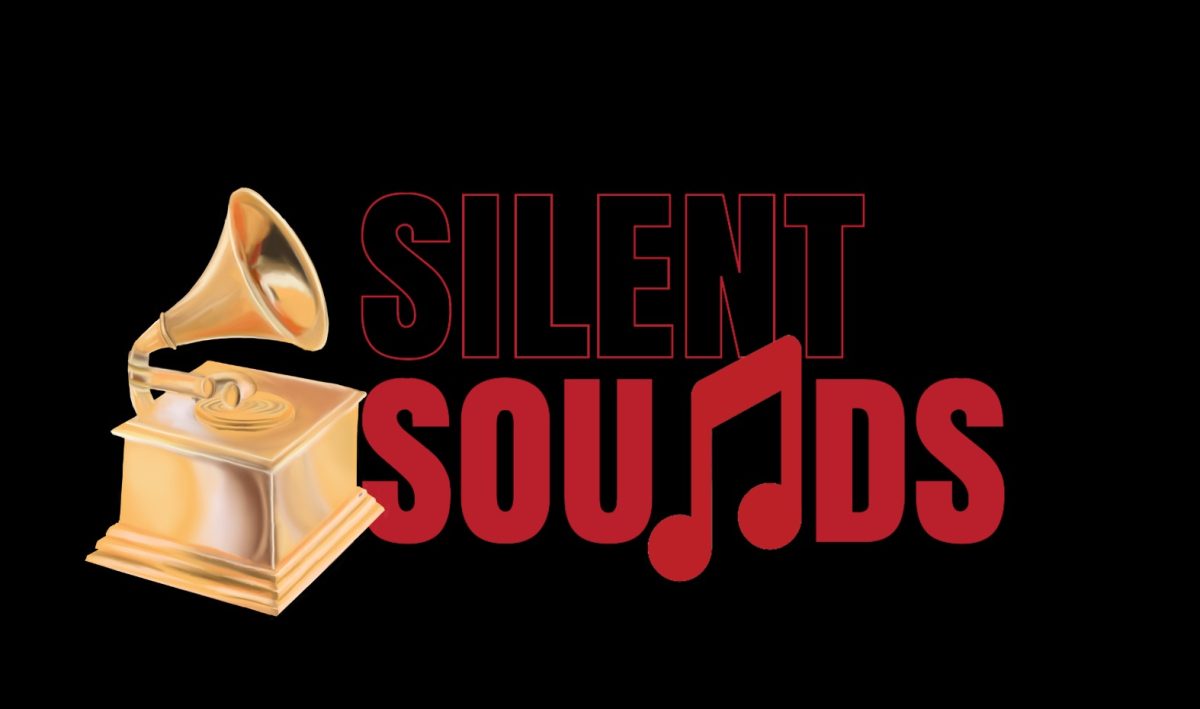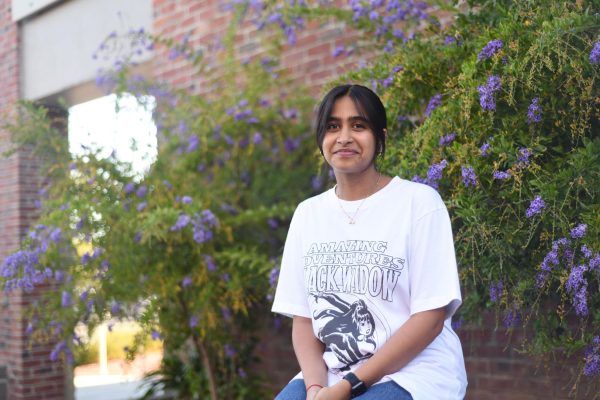Olivia Rodrigo took the world by storm on Jan. 8, 2021, with the release of “drivers license,” a teen heartbreak ballad that catapulted the 17-year-old to superstardom. Following the single’s release, Rodrigo came out with her debut album “SOUR.” Since then, Rodrigo has been streamed over 14 billion times on Spotify, won three Grammy awards and solidified herself as a teenage pop icon. However, Rodrigo’s success isn’t the only thing that makes her stand out — she is currently the only Filipino artist to have multiple number-one singles on the Billboard Hot 100. She is one of few Asian American artists who have found such a level of commercial success.
The Recording Academy announced the 66th Annual Grammy nominations on Nov. 10, 2023, and Rodrigo was the only Asian artist mentioned in three of the four main categories: Album of the Year, Record of the Year and Song of the Year. Rodrigo’s nominations may not come as a surprise due to her critical and commercial success, but the historical racial bias the Grammys have been known for makes her nominations even more noteworthy.
According to ‘23 alum Jiya Singh, the underrepresentation of Asian Americans in the music industry is a prominent problem. She points out that many of the popular artists that are regularly talked about aren’t Asian.
“When people talk about popular music they’ll say Taylor Swift, Drake, Kendrick Lamar, Megan Thee Stallion, artists like that,” Singh said. “Those people are white people or Black people, but there aren’t any Asians. Asian artists are not accurately represented and I don’t think I’ve ever heard of someone say they have an Asian American as their top artist.”
Senior Vatsel Srivastava agrees with Singh’s opinion, discussing Rodrigo and other Asian artists’ influence on the music industry. He points out that Rodrigo’s popularity skyrocketed because of her background in Disney, but other aspiring Asian artists don’t have the same opportunity as she did. Srivastava mentions Filipino singer and songwriter Beabadoobee, who gained popularity on the internet in 2020. While she earned mainstream fame, she didn’t have the same opportunities to become a big artist in the industry.
“Rodrigo came from that whole Disney pipeline like Miley Cyrus and Ariana Grande,” Srivastava said. “Disney shows lead to having a music career, and it’s good that a person of Asian descent got through that pipeline, but I’d like to see more independent artists get into the mainstream.”
Srivastava says this could be a contributing factor as to why there isn’t a huge representation of Asians in the music industry, since old Disney TV shows didn’t cast many Asians as the lead until Andi Mack, which only released in 2017. However, Srivastava says there are also other reasons Asian artists aren’t as prevalent in the industry.
“There’s a lot of cliches associated with music – like all those Disney artists, they’re white, younger girls,” Srivastava said. “I mean, that’s the norm. That’s what people expect out of those artists. So it would be harder for an Asian person to come out of that.”
‘23 alum and New York University freshman Anika Mathur agrees, but she sees the scarcity of Asian artists as an opportunity for a unique connection between the listener and the artist. For her, the novelty of such artists adds a special bond between her and the music.
“Dhruv is a smaller artist on Spotify and he has a few songs that have gotten popular — he’s an Indian American artist,” Mathur said. “I feel like seeing someone who is Indian and queer and just making music is not something you find very often. So there’s this natural bond — you feel a connection to someone when you find out you share an identity with them.”
On the contrary, Singh feels that many Asian artists are asked the same question: “How does it feel to represent your community?” She says that questions like these take away from their talent and music. Mathur agrees with this sentiment, stating that the music Asian American artists make shouldn’t be overshadowed by their race.
“Olivia Rodrigo doesn’t have to talk about how she’s Filipino,” Mathur said. “She doesn’t have to sing about her identity. She can sing heartbreak songs and still represent the Asian American community without purposefully doing so.”
Singh reflects on the challenges and hardships Asians face in the music industry, saying that the underrepresentation of Asian artists needs to be acknowledged. When comparing the statistics of Asians in STEM versus music fields, the gap is huge. Around 10% of workers in STEM are Asian, while only around 5% of artists are Asian in the music industry. Singh says it is important that people take action against this issue to de-stigmatize the presence of Asian Americans in other industries.
“I think in general, there’s a big stigma around Asian Americans in any industry that doesn’t seem to be STEM,” Singh said. “Asian artists aren’t fairly represented at all, and it’s never talked about. I think it’s time we change that.”













